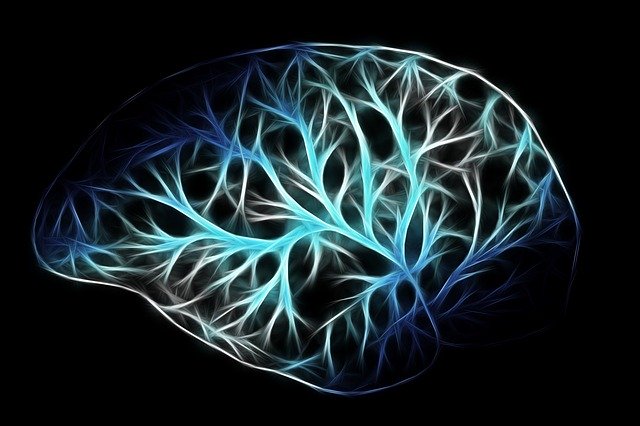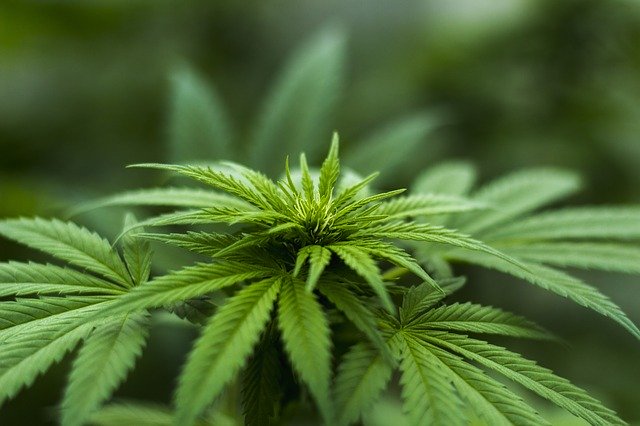There’s no doubt that cannabis-derived products, such as CBD, are experiencing a peak on popularity among many individuals looking for natural alternatives to alleviate their health issues. This is mainly due to the properties and benefits that this kind of product may have in our system. If you follow the news on CBD or you have read about the substance, you’ve probably come across the term “cannabinoid”. But what does this term mean? In this article, we’ll try to clarify all you need to know about cannabinoids. So, if you want to know what are cannabinoids and how do they work, keep reading below to learn it all.
What Is the Endocannabinoid System?
To understand what cannabinoids are and how do they work, we should first learn what the endocannabinoid system is. So, let’s find out.
The endocannabinoid system is formed by a group endocannabinoids and cannabinoid receptors located in the brain, central and peripheral nervous system of all mammals, including, obviously the human body. This system is involved in various biological functions, including appetite, mood, and pain sensation.
In order for the endocannabinoid system to work, we have numerous cannabinoid receptors in our system. But what are endocannabinoids? Basically, endocannabinoids are neurotransmitters that connect neurons between them. Endocannabinoids have nothing to do with the cannabinoids of the cannabis plant. Contrary, to cannabinoids, endocannabinoids are produced by the human system itself. So, what are cannabinoids then? Let’s see below.
What Are Cannabinoids?
As we already mentioned, there are two types of cannabinoids:
- Endocannabinoids: which are produced by the human (and other mammals) system.
- Cannabinoids or phytocannabinoids: which are present in plants and herbs.
As you may have guessed by its name, cannabinoids mainly derive from the cannabis sativa plant. And, in fact, the cannabis plant is the main source of phytocannabinoids in nature. But there are other plants and herbs which also produce cannabinoids or cannabinoid mimetics. Some of them are the Chinese rhododendron, flax seeds, and liverwort. However, there is not enough research on these plants to determine their efficacy on the endocannabinoid system.
What Are Cannabinoids? Types of Cannabinoids
The cannabis sativa plant contains a number of cannabinoids which have different effects on the endocannabinoid system. Probably, the most popular cannabinoids are THC and CBD, which are cannabis main compounds. But the plant also contains other cannabinoids that contribute to its effects. So, let’s see an overview of cannabis main cannabinoids:
- Tetrahydrocannabinol (THC): As we already said this is possibly the most popular cannabis compound. It is, in fact, the ingredient that gives marihuana its psychoactive effects. For this reason, its use is prohibited in many regions. However, like the rest of cannabinoids THC holds some beneficial properties.
- Cannabidiol (CBD): Another very popular cannabinoid, CBD holds many beneficial properties for our health. And, the main difference with THC is that it doesn’t have any psychoactive effects. That’s why CBD remains legal in many places and can be easily found in the market.
- Cannabigerol (CBG): Although it is not as popular as THC and CBD, CBG is a chemical precursor of the other cannabinoids of the cannabis plant. This means that CBG is necessary to produce the other two. Like CBD, CBG doesn’t hold any psychoactive properties. But CBG has beneficial properties of its own, including neuroprotective and anti-inflammatory.
- Cannabidivarin (CBDV): Also, a lesser-known compound, CBDV is present in the cannabis plant. It is very similar to CBD in its characteristics. And, like CBD, CBDV is not psychoactive.
- Cannabichromene (CBC): This is another cannabinoid with therapeutic benefits. In fact, some consider that CBC is the most potent cannabinoid against cancer. Additionally, some researchers believe that CBC may stimulate brain neuron production. For this reason, they are performing studies in its use for Alzheimer’s disease. Moreover, CBC doesn’t have any psychoactive effects.

How Do Cannabinoids Work on Your System?
Both cannabinoids (or phytocannabinoids) and endocannabinoids bind to the cannabinoid receptors to activate the endocannabinoid system. There are two types of endocannabinoid receptors in our system:
- CB1: mainly located in our brain, although they are also present in or liver, lungs, and kidneys. THC activates these receptors.
- CB2: located throughout the whole body. CBD and other phytocannabinoids can activate these receptors.
When the endocannabinoid system is activated either by cannabinoids or by our own endocannabinoids, a situation called homeostasis happens. This is a necessary process to achieve balance to maintain conditions for survival.
On the other hand, by activating the endocannabinoid system, cannabinoids will help balance the following functions:
- mood
- sleep
- appetite
- metabolism
- pain
- memory
- inflammation
- immune system
- digestion
- neuroprotection
Although we still need more research to fully understand how cannabinoids may help the human system, there’s no doubt that cannabinoids have great potential to treat many conditions.



